can constipation cause tailbone pain
Colline Bonus Pain (Coccygodynia) Thai or Coccygodynia pain is a condition that can cause persistent pain in the lower part of the spine (Coccyx). Coccygodynia feels like a localized pain and is usually worse when it sits or with any pressure in the lower area of the spine. The condition is more common in women, usually caused by local direct trauma, falling behind or giving birth. In rare cases, an infection or tumor may also cause coccyx pain. The various terms are used to describe a set of symptoms in the spine that can be caused by several injuries or conditions. Treatment may vary depending on the underlying cause of symptoms and the severity and duration of symptoms. The symptoms of cochcytodiania may consist of one or all of the following: Pain that is noticeably worse when you sit – Local pain in the area of the spine that is worse when you touch or when you press on it – Pain that is worse when you move from a position sitting to a standing position – Pain that is worse with constipation and feels better after a bowel movement. Coccyx is the bottom of the spine and consists of three or more very small bones merged. The coccyx consists of three to five separate or merged vertebrae. Although it was originally thought that athe coccyx always merges (without movement between vertebrae), it is not actually a solid bone, and there is some movement between the bones allowed by the fibrous joints and ligaments. The coccyx is connected to the sacrum with ligaments, and there is a limited movement between coccyx and the sacrum as well. Women are more susceptible to coccyx injury because women's coccyx is broken, leaving it more exposed to injury, women also have a wider pelvis so sitting places more pressure on their coccyx, and Childbirth is a common cause of coccyx pain. It is difficult to determine the cause of coccyx pain. In many cases the exact cause of pain is not known, the pain may occur in coccyx if an injury or some excessive pressure in the area causes the bones to move beyond their normal limited range of motion, resulting in inflammation and localized pain. A ligament or disk injury can cause pain. Cocyte bones can be fractured, and in rare cases a tumor or infection in the coccyx may be a primary cause of spinal pain. Generally the cause of coccydynia will be one of the following. Local trauma. A fall in the tail column. This is probably the most common cause of coccygodynia.– Childbirth. During childbirth, the head of the baby passes over the top of the coccyx, and the pressure created against coccyx can cause lesions to the coccyx structures (disk, ligaments and bones). Although rare, pressure can also cause a fracture in the coccyx.– Pressure. Certain activities that put prolonged pressure on the back spine, such as horse riding and sitting on the hard surface for long periods of time, can cause the initiation of coccyx pain. Tachygraphy pain due to these causes is usually not permanent, but if inflammation and symptoms are not given, the pain may become chronic. Tumor or infection. Rarely, coccydynia is due to a tumor or infection in the coccyx area that presses coccyx. Cocytodian diagnosis is achieved through medical history and physical examination to check a mass or tumor that could be a cause of pain, and palpation to check the local tenderness that is the most common finding. If coccyx is not tender to palpation, the pain is most likely derived from another structure such as the lumbar spine of the herring or degeneration of the disk. Diagnostic tests, such as x-rays or MRI, can also be performed to rule out other possible causes of pain. The initial treatment typically consists of: Apply ice or a cold package in the area several times a day during the first days after the pain begins, then apply heat or a hot package in the area after the first days. You should avoid sitting for long periods, or putting any pressure in the area as much as apossible. You can use a custom donut pillow or u-like to help remove coccyx pressure when you're sitting. If the pain of the tail is caused or increased with bowel movements or constipation, it is recommended to increase the fiber and intake of water. If pain is persistent or severe, non-surgical treatment such as: Handling, soft stretching, ultrasound or electrical stimulation can be beneficial. After enough pain relief is reached so that the movement is not too painful, the aerobic activity of low daily impact begins, as the increase in blood flow brings healing nutrients to the area and stimulates the natural healing abilities of the body. The additional benefit of aerobic activity is the release of endorphins, the inherent process of relief of the body's pain. If the conservative care does not give the right relief, the surgical removal of the coccyx can be indicated. Leave a comment Recent CommentsArchiveCategoriesMeta Take it! 630-257-913215337 E 127th Street, Lemont, IL 60439 Office hours Day: Time: Monday9:00 am - 6:00 pm Tuesday2:00 pm - 6:00 pm Wednesday 09:00 am - 6:00 pm Thursday2:00 pm - 6:00 pm Friday9:00 am - 3:00 pmSaturday 8:00 am - 10:00 am © 2021 Lemont Chiropractic Center. All rights reserved.
:max_bytes(150000):strip_icc()/tailbonepainfinal-01-5c05dc2546e0fb0001b90d83.png)
Tailbone Pain: Causes, Treatment, and When to See a Doctor

Coccyx Pain, Coccydynia, And Tailbone Pain | Treatment Options

Tailbone pain: Causes, diagnosis, and relief

Herman & Wallace - The Coccyx and Bowel Function
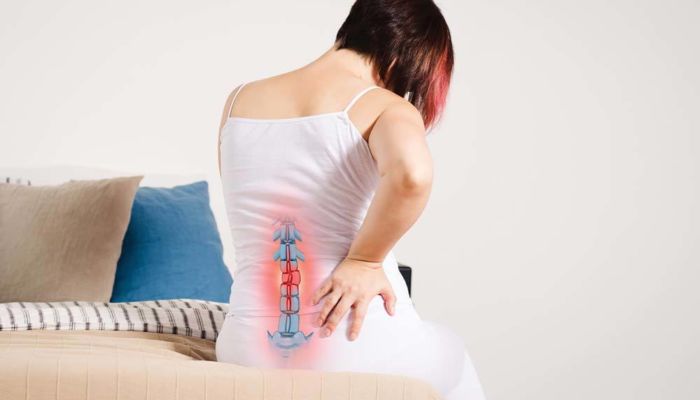
NewSouth NeuroSpine | Tailbone Pain: Overview, Causes, and Treatment

Tailbone Pain (Coccydynia) Treatment, Symptoms, Causes & Relief
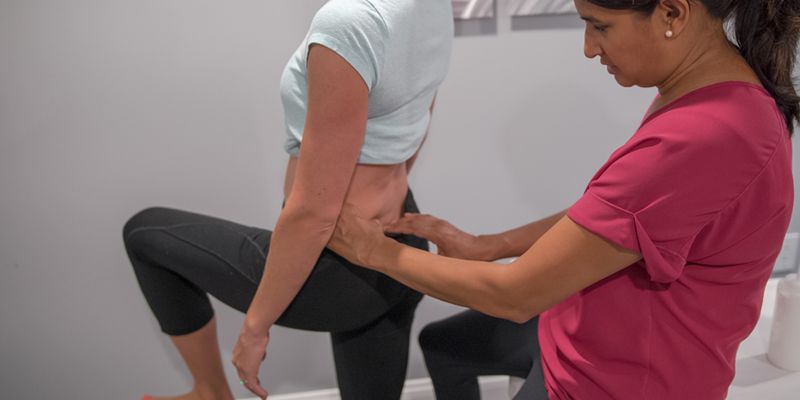
Anal/Rectal Pain - RebalancePT

Tailbone (Coccyx) Fracture

Constipation Expanded Version | ASCRS
Tailbone Pain - Coccyx Pain
/rectal-cancer-symptoms-513946-FINAL-e383b3971a4746c590e8d1f359be7d45.png)
Rectal Cancer Symptoms and Signs

A Pain in the Tail…bone (Part 1- What is it? How does it happen? How does it feel?) - Pelvic Floor Physical Therapy Specialists in Metro Atlanta
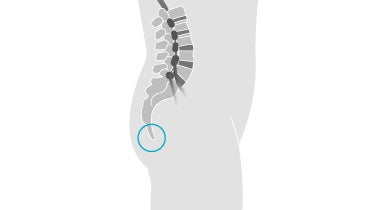
Bruised Tailbone: Symptoms, Treatments, and More

Hemorrhoids and Tailbone Pain. A Real Pain in the... | LAcolon
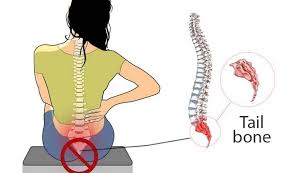
Coccygodynia (Coccydynia, Coccalgia, Tailbone Pain) - SAMARPAN PHYSIOTHERAPY CLINIC AHMEDABAD
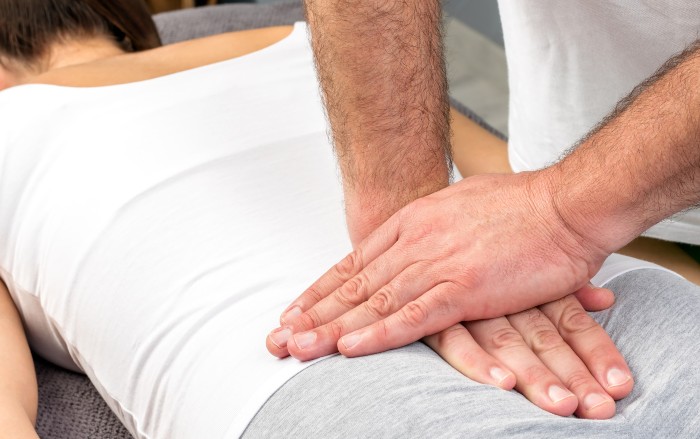
Tailbone Pain Treatment | SSOC

Tailbone pain: Causes, diagnosis, and relief

Tailbone Pain Treatment | SSOC

Continence In Kids | Constipation | What's 'Normal' | How we can help
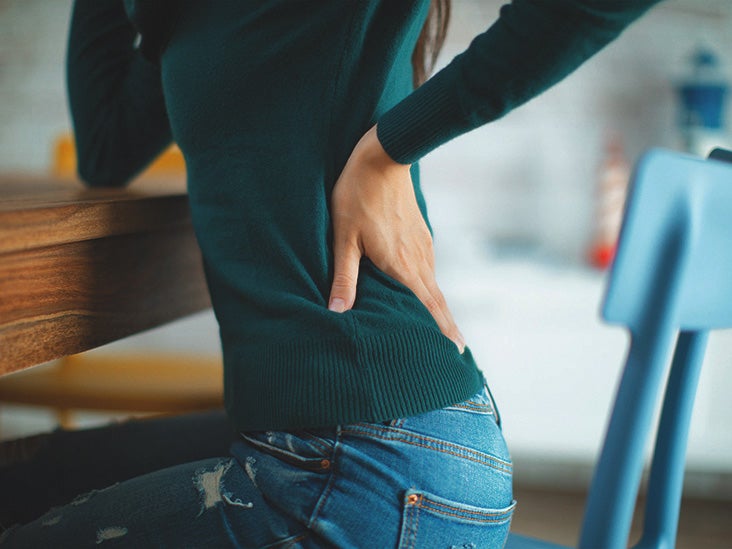
Tailbone Cancer: Types, Causes, and Symptoms
Tailbone Pain- Could It Be The Coccygeus? — Flow Rehab

Coccydynia (Tail bone pain) | Dr. Amit Sharma-Spine Specialist in Mumbai
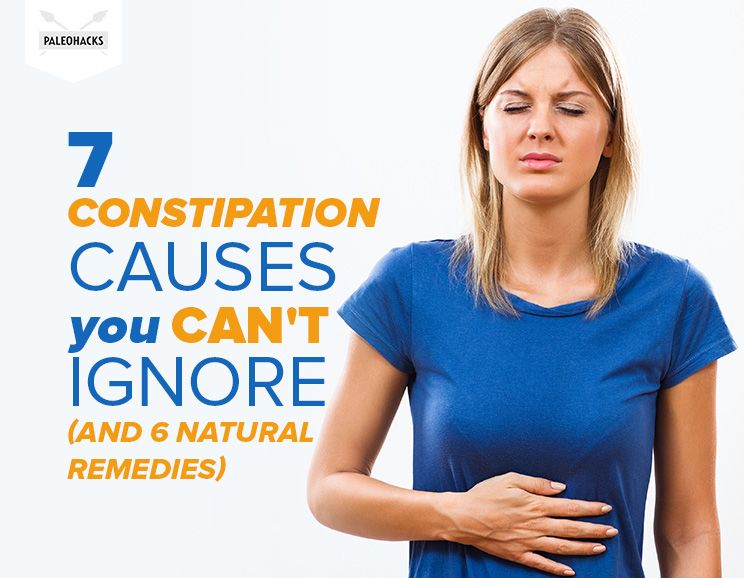
7 Constipation Causes You CAN'T Ignore (and 6 Natural Remedies)

13 Steps for Pregnancy Tailbone Pain | Maternity Treatment & Relief
Tailbone Pain (Coccydynia): Causes, Treatment & Pain Relief

Dislocated Coccyx: Symptoms & Treatment - Science Class (Video) | Study.com
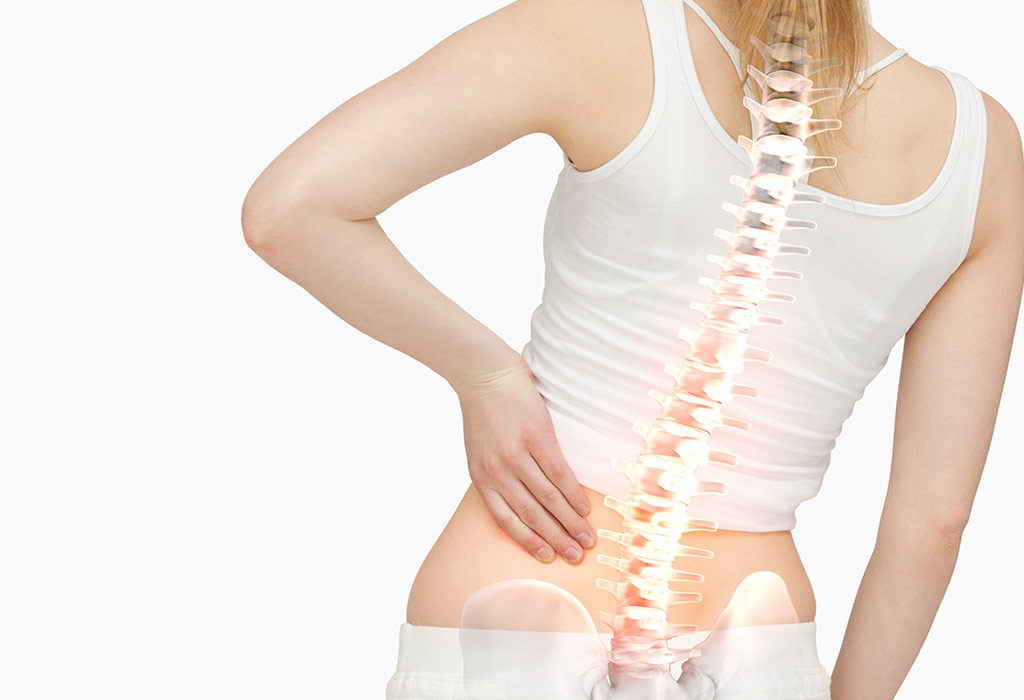
Tailbone Pain in Pregnancy - Reasons, signs and remedies
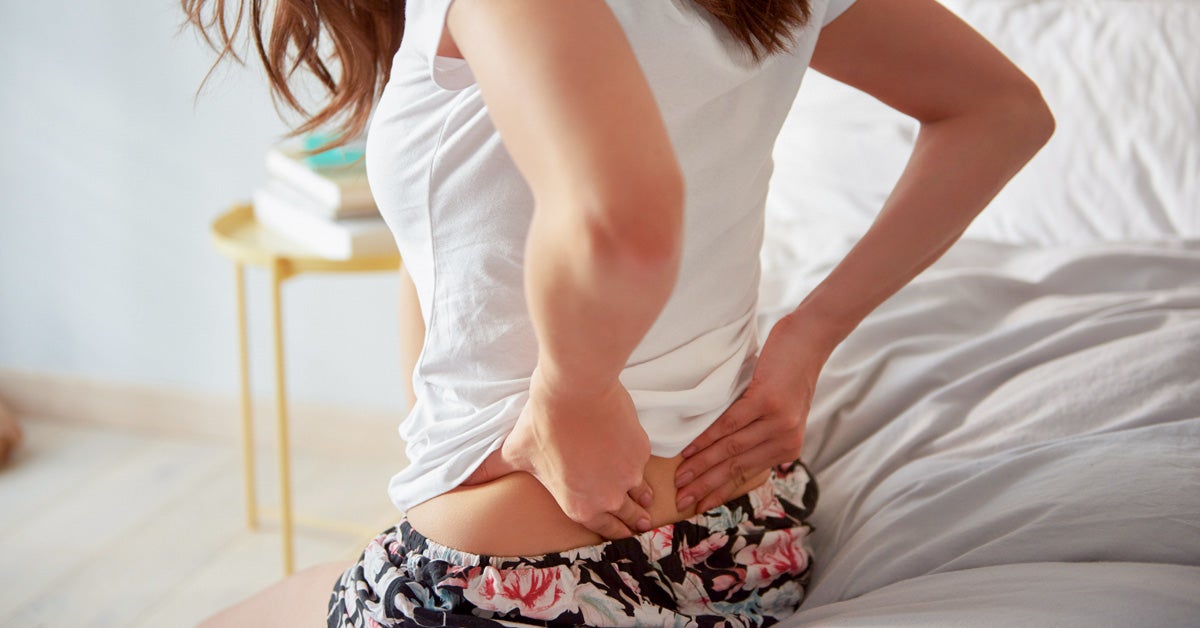
Bruised Tailbone: Symptoms, Treatments, and More

What to do for a bruised tailbone: Treatments and pain relief
Tailbone Pain - Coccyx Pain
:max_bytes(150000):strip_icc()/what-is-levator-ani-syndrome-1944702_final-81abe67b664648798891a18e026ddbbe.png)
Levator Ani Syndrome: A Cause of Recurrent Anal Pain
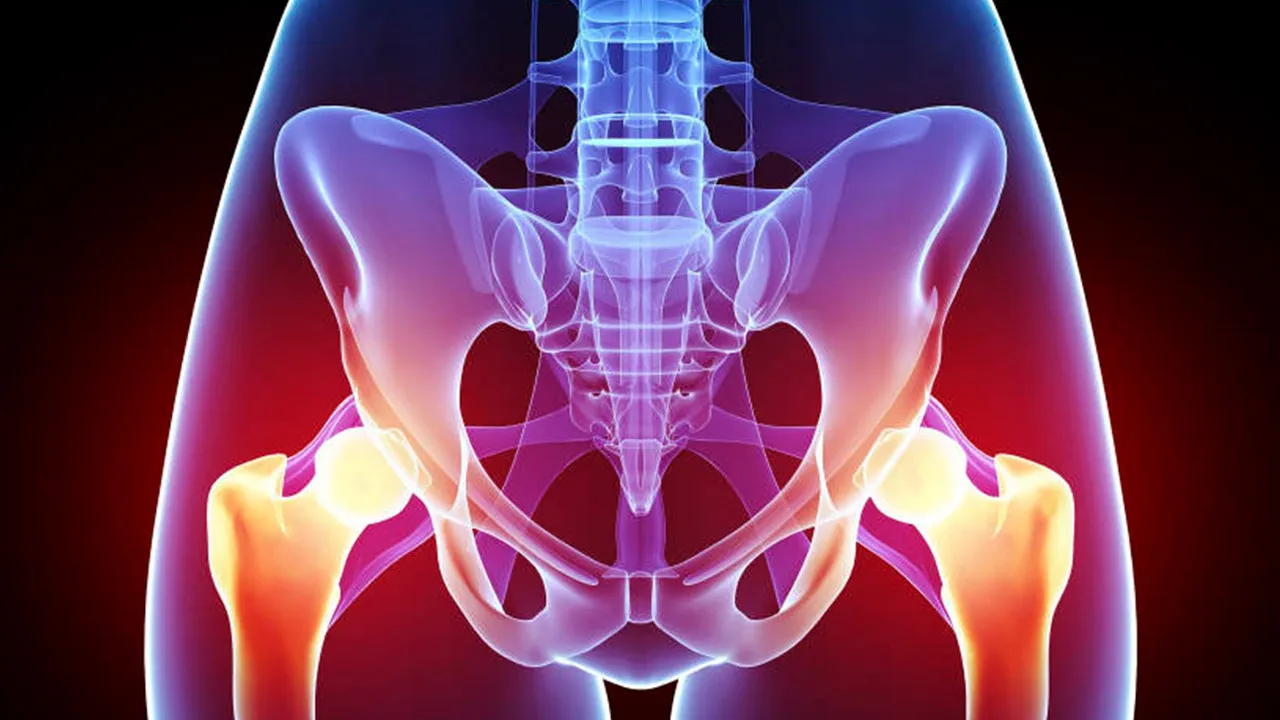
Tailbone (Coccyx) Injury: Causes, Symptoms, and Treatments

Treatment for Coccydynia (Tailbone Pain)

Medical Mysteries: A clue to a girl's painful ailment goes long overlooked - The Washington Post

What Is Tailbone Pain/Coccydynia? Symptoms, Causes, Diagnosis & Physiotherapy Treatment Of Tailbone Pain/Coccydynia

Tailbone Pain & Coccydynia | Is it a Coccyx Bruise or Fracture?

Tailbone Pain During Pregnancy: Causes, 6 Stretches, And Tips

Rectocele | ASCRS
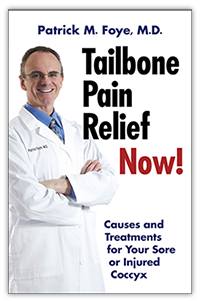
Tailbone Pain and Bowel Problems | Tailbone Doctor
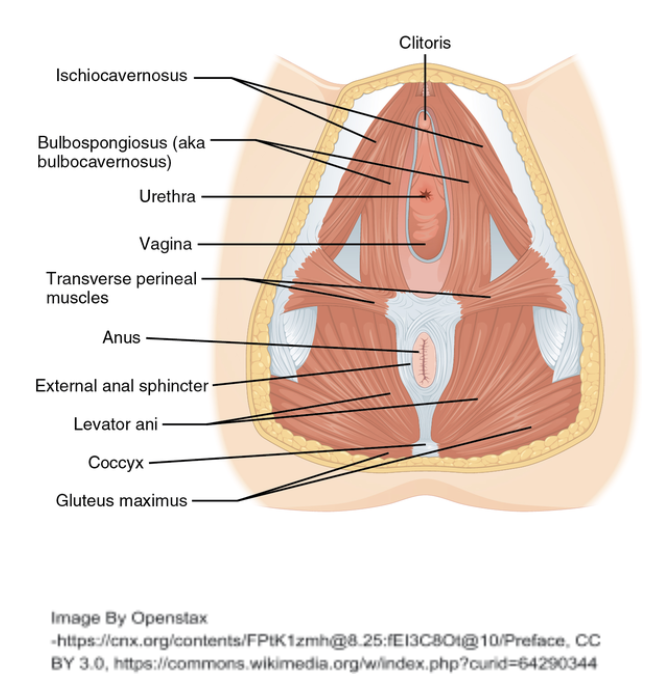
Is a Tense Pelvic Floor the Cause of Your Pain? | New Leaf Fitness & Wellbeing
Posting Komentar untuk "can constipation cause tailbone pain"